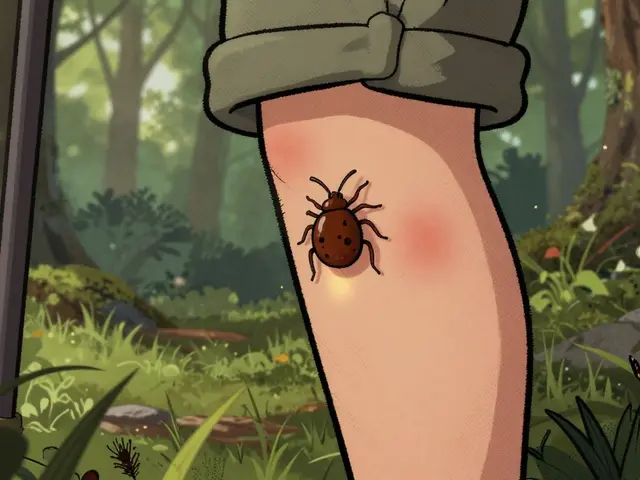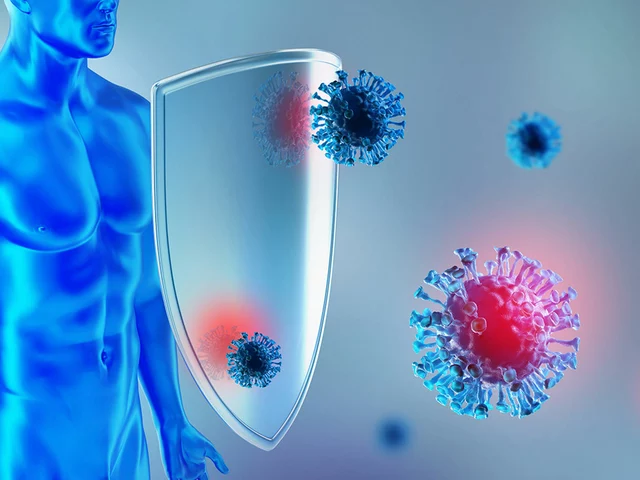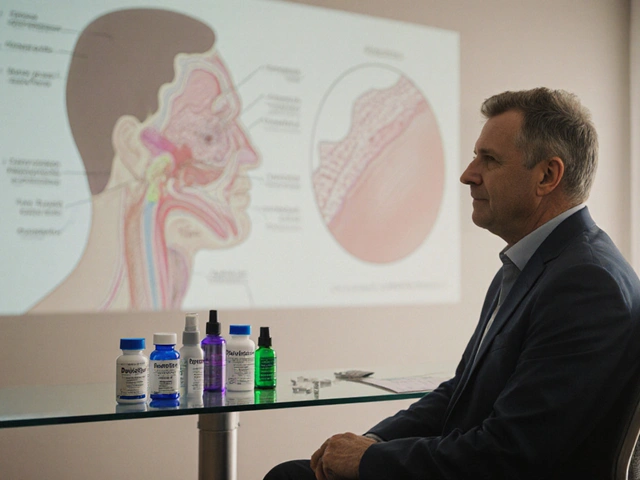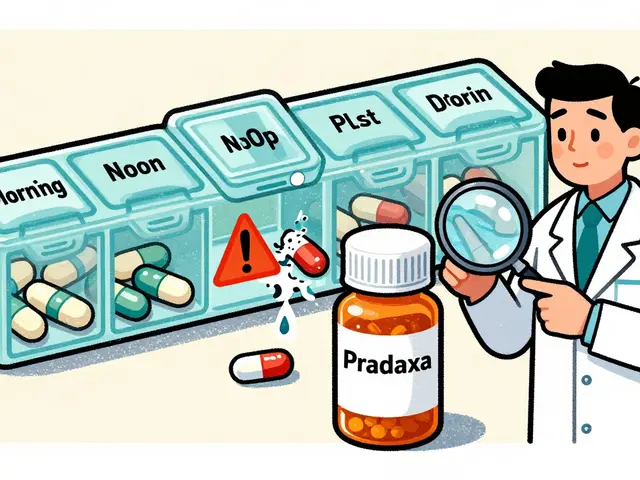Griseofulvin vs Terbinafine: What’s the Real Difference?
If you’ve ever fought ringworm or nail fungus, you’ve probably seen the names griseofulvin and terbinafine on a prescription label. Both promise to clear the infection, but they’re not interchangeable. Let’s break down the key facts so you can pick the drug that actually works for you.
How the drugs kill fungi
Griseofulvin is the older kid on the block. It sneaks into fungal cells and messes with their microtubules, the scaffolding that lets them grow. The result? The fungus can’t divide properly, so the infection stalls and the body’s immune system finishes the job. It works best on dermatophytes that live in the outer skin layer – classic ringworm, athlete’s foot, and scalp infections.
Terbinafine, on the other hand, attacks a fungus’s cell membrane by blocking the enzyme squalene epoxidase. Without a proper membrane, the fungus leaks its contents and dies quickly. This mechanism makes terbinafine especially potent against nail fungus (onychomycosis) and tougher skin infections.
What to expect on the shelf
Dosage and treatment length differ a lot. Griseofulvin usually comes as a capsule taken twice daily for 4‑8 weeks for skin infections and up to 6‑12 weeks for scalp cases. Because it needs time to build up in the skin, you’ll notice slower improvement – sometimes weeks before the rash fades.
Terbinafine is more aggressive. A typical oral dose is 250 mg once a day for 2‑6 weeks, depending on the site (shorter for skin, longer for nails). Many users see visible improvement in a week or two, and nail growth starts looking normal after a few months.
Cost is another factor. Griseofulvin is generic and cheap, often under $10 for a month’s supply. Terbinafine is also generic now but can be a bit pricier, especially if you need the longer nail‑fungus course. Some insurers cover both, but check your plan for any restrictions.
Side‑effects matter too. Griseofulvin can cause headache, nausea, and, in rare cases, liver enzyme changes. It also makes you sensitive to sunlight, so avoid long sun exposure. Terbinafine’s most common complaints are mild stomach upset and a bitter taste, but a small percentage of users develop liver issues, so doctors usually order a baseline liver test.
Drug interactions are worth a glance. Griseofulvin can lower the effectiveness of birth‑control pills and interacts with some antiepileptics. Terbinafine can boost levels of certain antidepressants and anti‑arrhythmics, so a quick medication review with your pharmacist is smart.
When it comes to effectiveness, studies consistently show terbinafine outperforms griseofulvin for nail infections – cure rates hover around 70‑80% versus 30‑40% for griseofulvin. For superficial skin infections, both work well, but terbinafine’s faster action often makes it the go‑to choice.
Bottom line: If you’re dealing with a mild skin rash and want the cheapest option, griseofulvin can do the job. If you have stubborn nail fungus or need a quicker fix, terbinafine is usually the better bet, provided you’re okay with a slightly higher price and a short liver check.
Always talk to your doctor before starting either medication. They’ll consider your medical history, other meds, and the exact type of fungus to recommend the right treatment plan.

Not sure if griseofulvin is right? Compare it to terbinafine, itraconazole, fluconazole, and topicals by infection type, cure rates, safety, and real‑world scenarios.
Continue Reading





